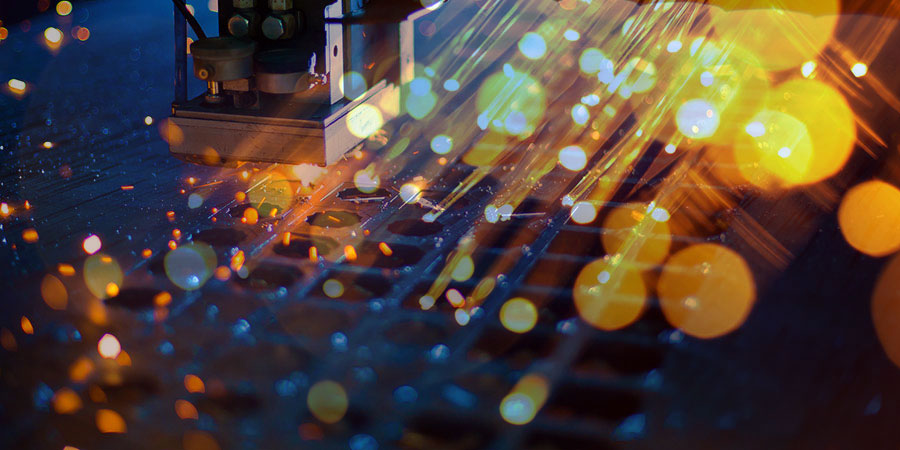
Fiber lasers have been steadily gaining market share in the metal fabrication industry over the last few years. With several major advantages including power, cutting speed, and lower maintenance costs, many shops have been replacing C02 machines with Fiber Lasers. While there won’t be much difference in infrastructure or utilities requirements, as both types of machines need power, compressed air, and gas supply, there are a few things to know when making the switch.
Say Goodbye to Laser Gas and Hello to Nitrogen
While both Fiber and CO2 lasers require gases to operate, the processes and gases are very different. CO2 machines need a dedicated gas mixture to generate the beam. Recirculated within the resonator, this laser gas is an integral part of the process to generate the beam. Although consumption is not very high, issues with impurities, having to ensure the gas is on hand, and occasional problems with actually finding the product due to spotty helium availability are issues that you need not deal with when operating a Fiber Laser.
While Fiber Lasers don’t use a laser gas, the cutting process does require an assist gas. This assist gas is a critical aspect of the cutting process to ensure clean edges. It is used to blow molten metal out of the kerf (narrow space created by the width of the beam), to avoid it solidifying along the sides of the cut. The assist gas for fiber lasers is almost exclusively nitrogen, but oxygen or compressed air are also used.
When switching from C02 to fiber laser, you won’t have to worry about running out of laser gas but your nitrogen consumption will increase. This is something to consider when budget planning. Depending on production volume, you may want to think about investing in a nitrogen generator.
Consider Your Production Schedule
One of the core benefits of fiber lasers is the increased power and cutting speed. For most materials, fiber lasers cut significantly more parts per hour, allowing you to complete jobs faster. This will impact production scheduling for jobs based on quicker timelines. If you have allocated production time on the shop floor for a job based on C02 cut speeds, that timeline will likely be cut down. You’ll want to rework your scheduling to make the most efficient use of shop time.
Installation time is another thing to keep in mind when you’re introducing new equipment into your shop. Fiber lasers can be installed in as little as a couple of days, but you’ll need to plan ahead for that time as it will put a halt to production if you are replacing your only machine.
The Downstream Effect
When you’re updating production schedules based on faster cutting speeds, you should also consider your downstream or secondary processing (bending, welding, etc.). If your new fiber laser is producing parts twice as fast, you’ll want to make sure the processes that come next can keep up. These are all important when it comes to the timelines for your work in progress (WIP). It won’t matter as much how fast you can cut a piece if the secondary processing holds up the job.
Updating your shop by investing in new, more powerful Fiber Laser can be an exciting time – and an opportunity to increase productivity and profits. As with any big business decision, a change like this comes with a lot to consider and plan. We can help you from start to finish. Contact us with any questions about installation and any impacts a new fiber laser will have on your shop and processes.

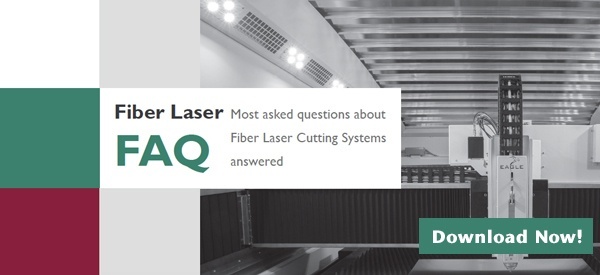

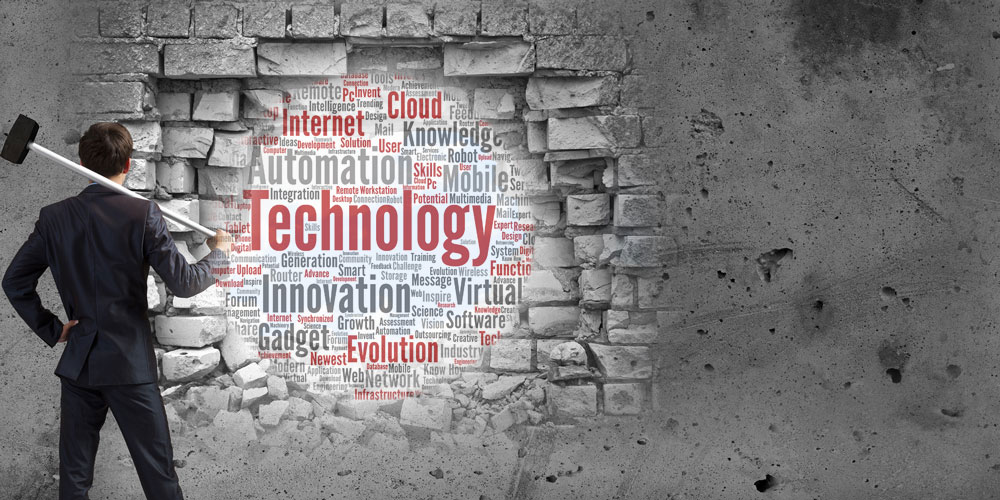

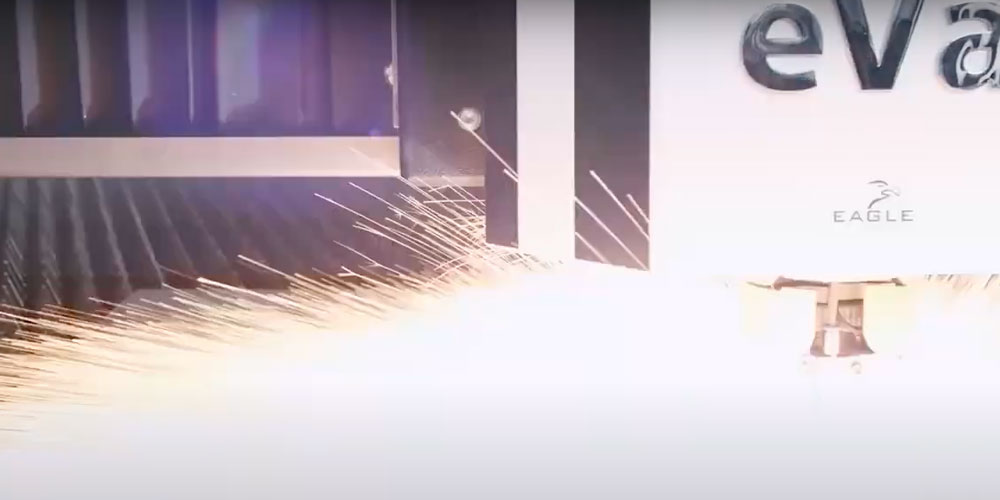
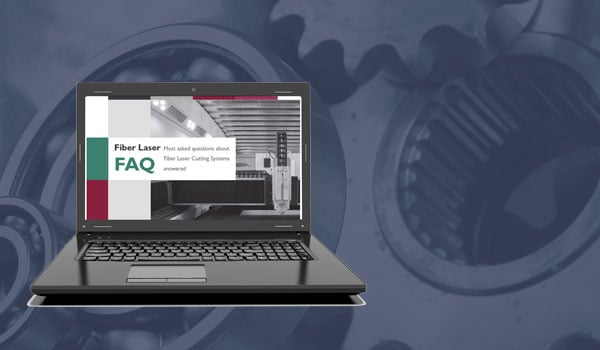
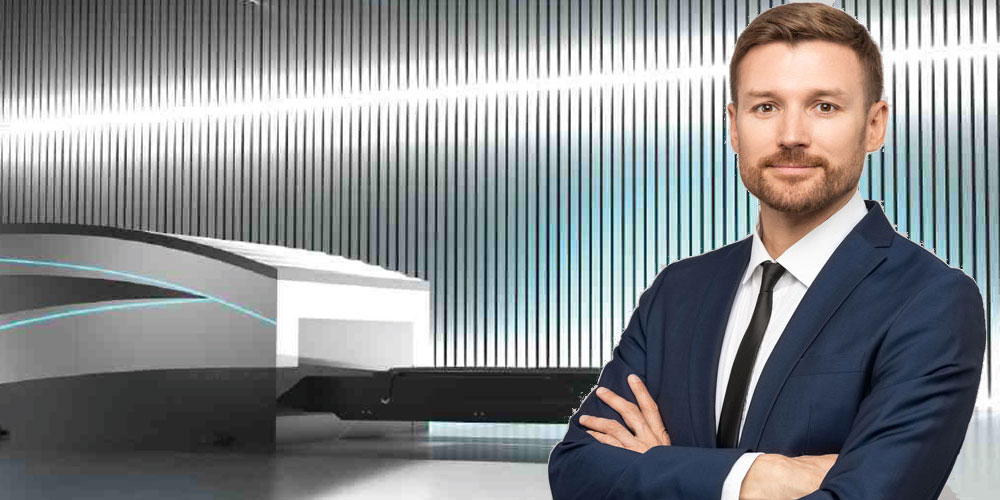

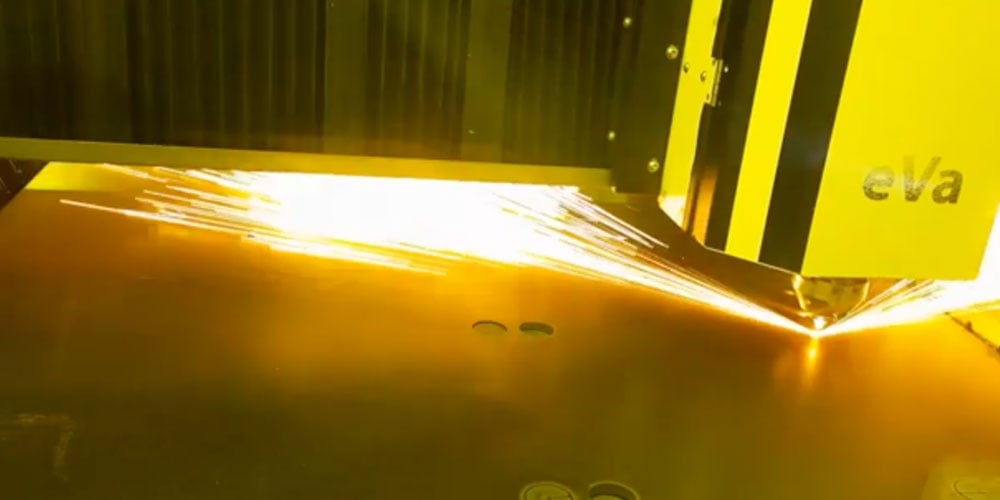
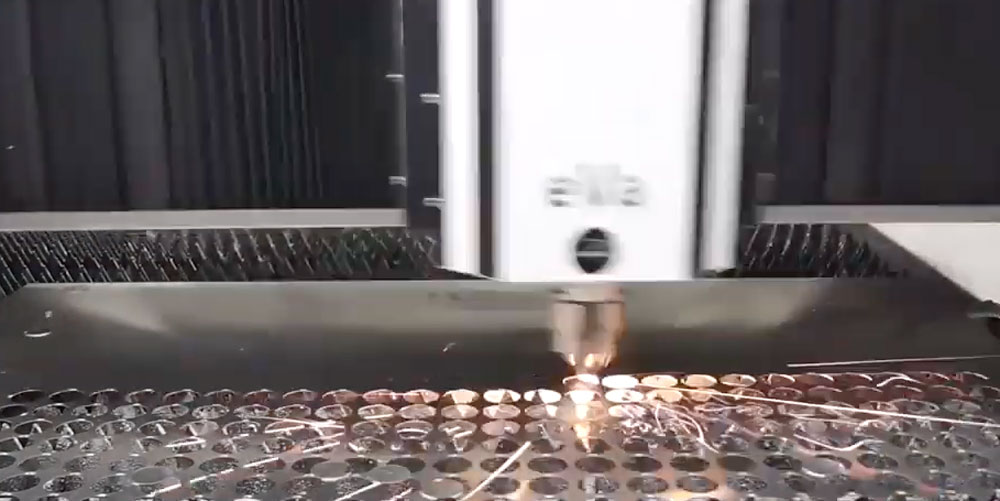


Comments
Add Comment